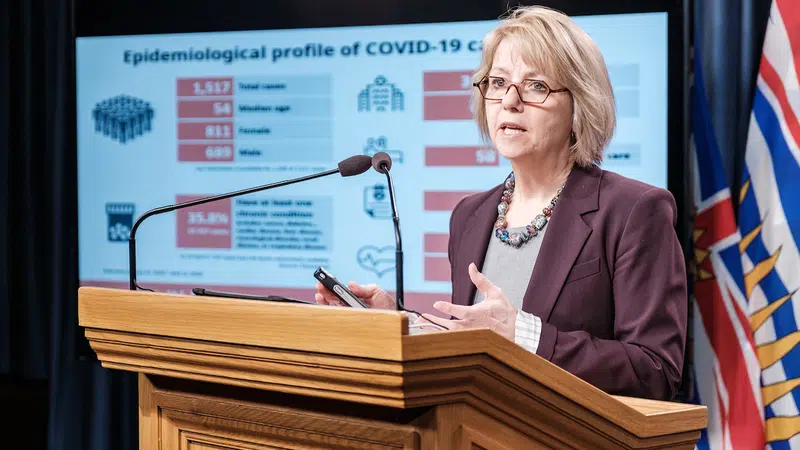
ROTHENBURGER: Bending the curve, looking forward to the altered normal
WE ARE BENDING THE CURVE, Dr. Bonnie Henry told us on Friday.
I’m not sure about the subtle difference between that and flattening or planking, but she did also use the word “flattening” at one point. Whatever, it beats raising the curve.
While continuing to emphasize the need to continue doing what we’ve been doing, she said it could mean easing up on some restrictions as soon as a few weeks from now. It’s enough to get you thinking about life after COVID-19. Or, at least, co-existing with the virus until we invent a vaccine.
The imagination runs wild. Think of it — getting a haircut. Rebooking an appointment with the dentist or optometrist (you known, the one that was cancelled). Going for coffee with a friend. Hugging a loved one. Going to the movies or a concert.


